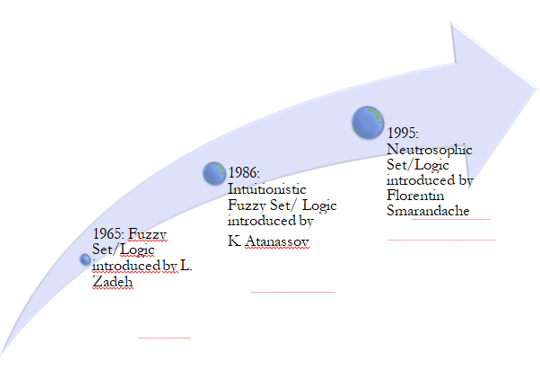Neutrosophic Systems of Linear Equations by Symbolic Calculus
Main Article Content
Abstract
This article explores a key challenge in mathematics: how to solve systems of neutrosophic linear equations, where uncertainty and indeterminacy complicate traditional approaches. The research focuses on determining how symbolic calculus can offer an effective solution to these systems, which incorporate non-absolutely defined values, typical of the neutrosophic framework. Although numerous previous studies have addressed classical linear systems, few have considered the limitations imposed by the inherent ambiguity of neutrosophic contexts, leaving a gap that this work seeks to fill. To address this challenge, we employ symbolic calculus, a computational technique that manipulates mathematical expressions exactly, integrating it with neutrosophic principles to systematically process uncertain and contradictory data. The relevance of this topic lies in its potential to transform areas such as artificial intelligence, optimization, and the modeling of complex phenomena, where uncertainty is a constant. Using specialized software and specifically designed algorithms, the study successfully solves these systems, revealing that the symbolic approach is not only viable but also overcomes the limitations of conventional numerical methods when handling indeterminacies. The findings show accurate and generalizable solutions, highlighting the method's ability to adapt to varying degrees of uncertainty. In terms of contributions, this research enriches theory by proposing an innovative tool for neutrosophic problems and offers practical applications in fields requiring decision-making under ambiguous conditions. Thus, in addition to broadening the mathematical horizon, the work provides a valuable resource for professionals and academics who deal with systems with undefined elements, consolidating a significant advance in the intersection of neutrosophics and symbolic computation
Downloads
Article Details

This work is licensed under a Creative Commons Attribution 4.0 International License.





